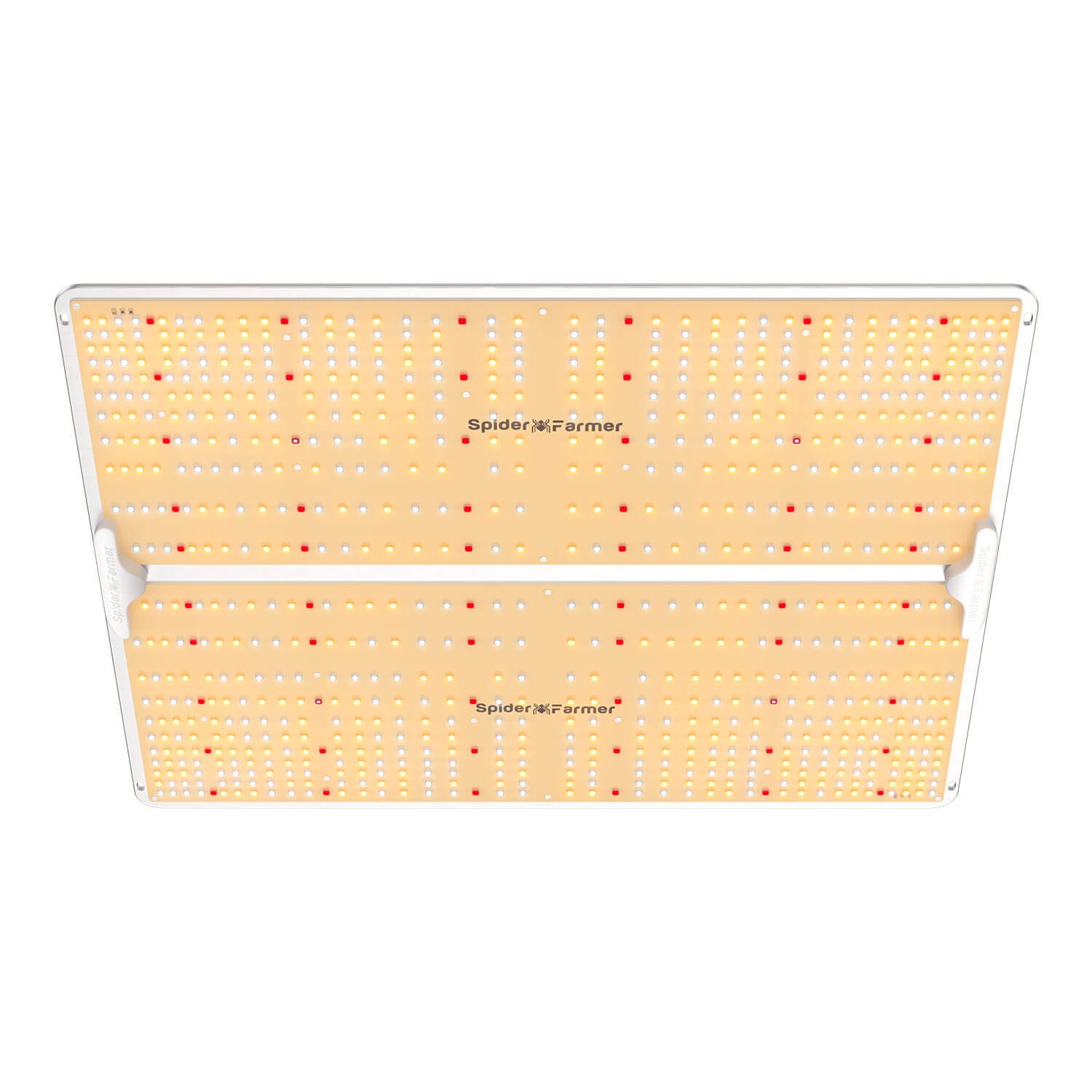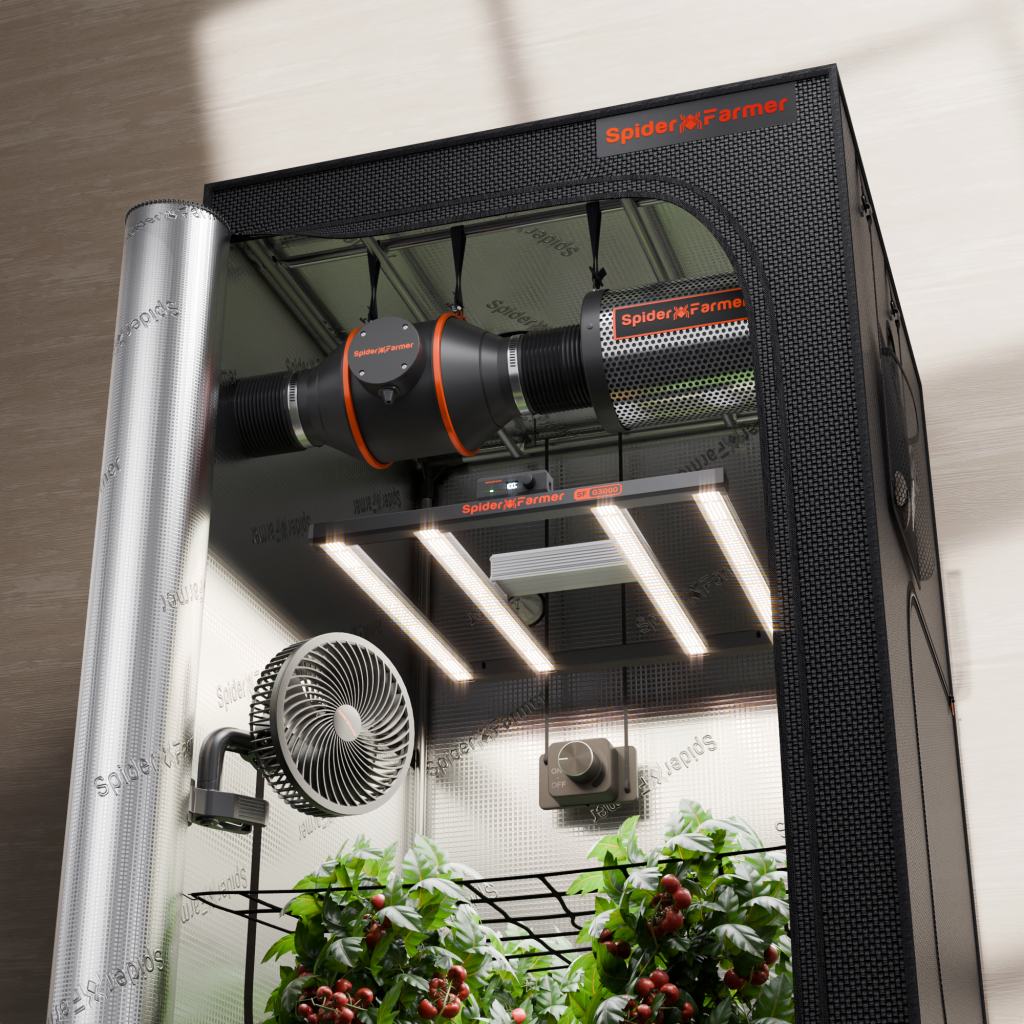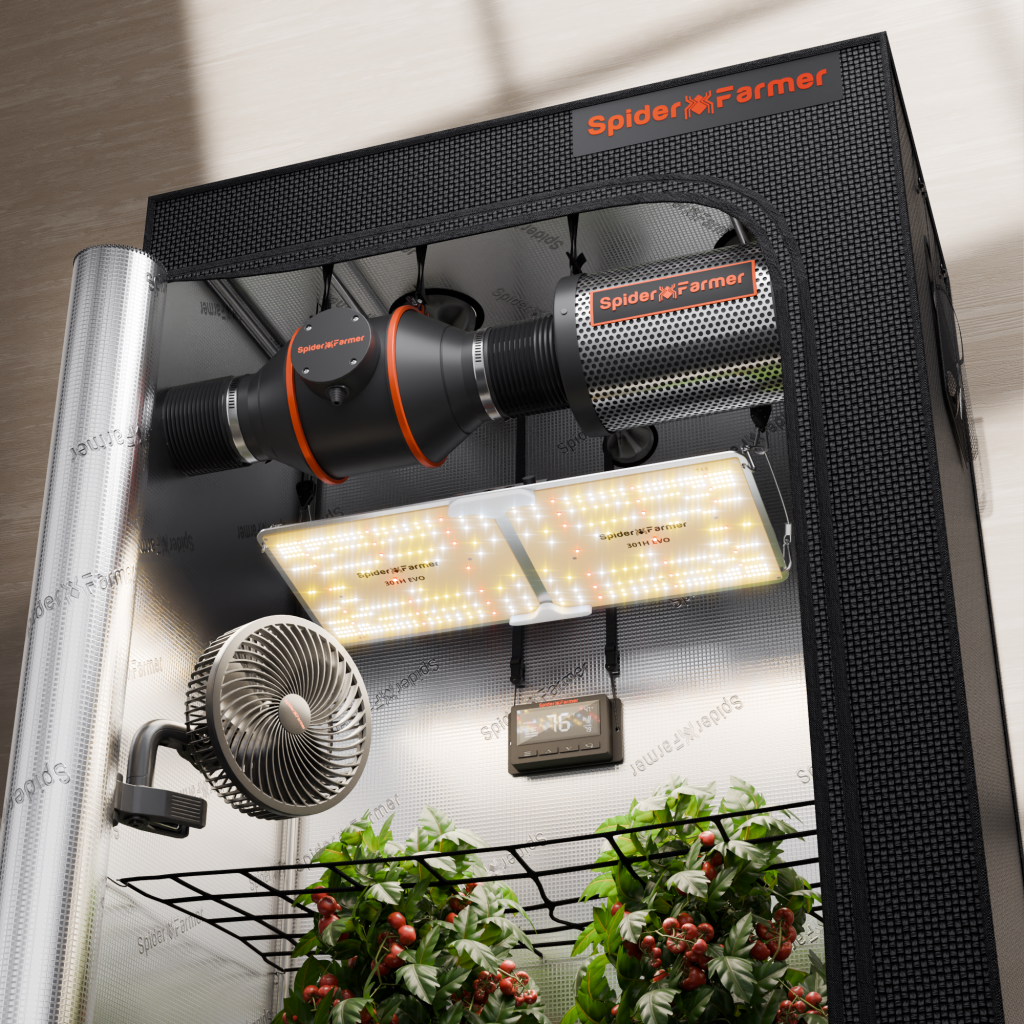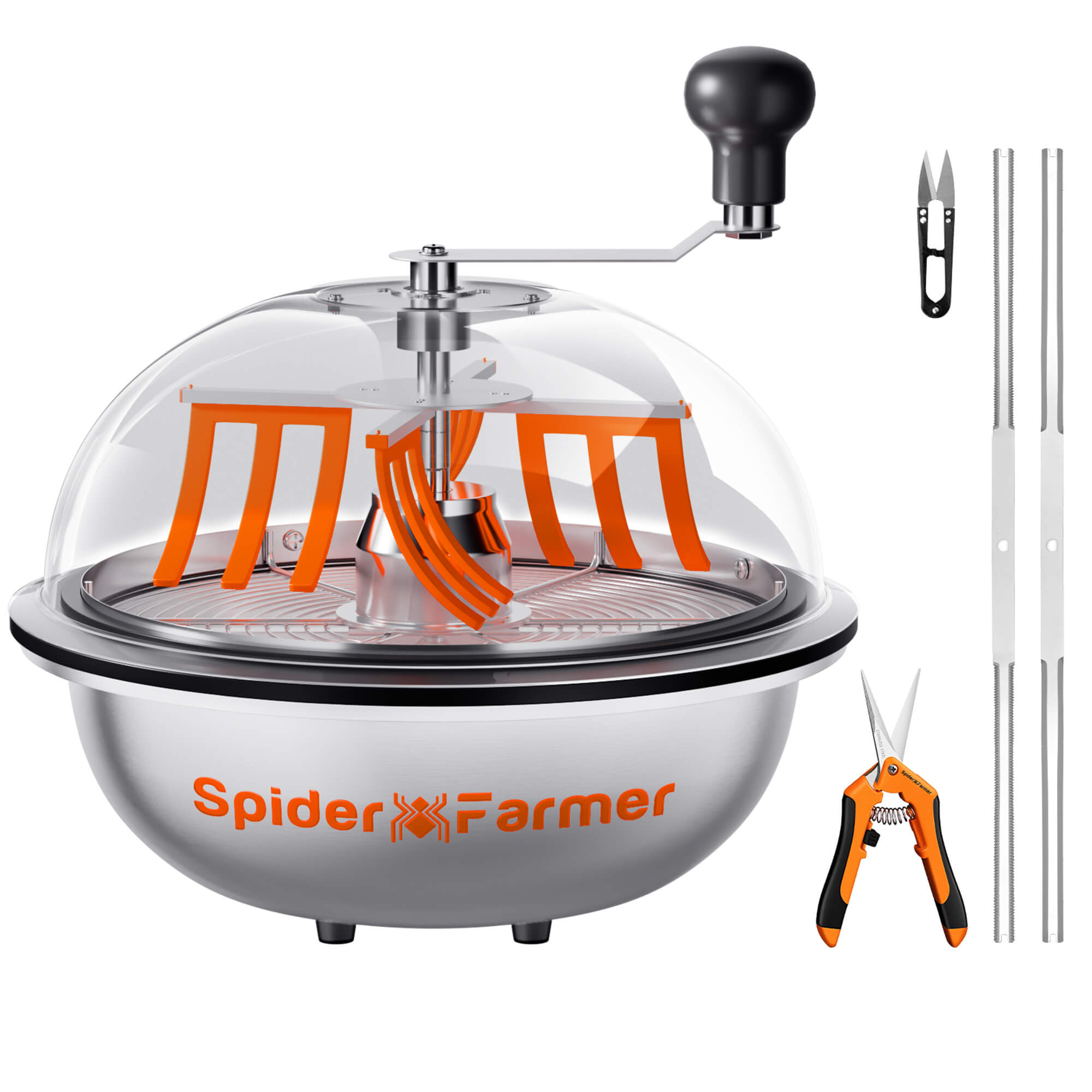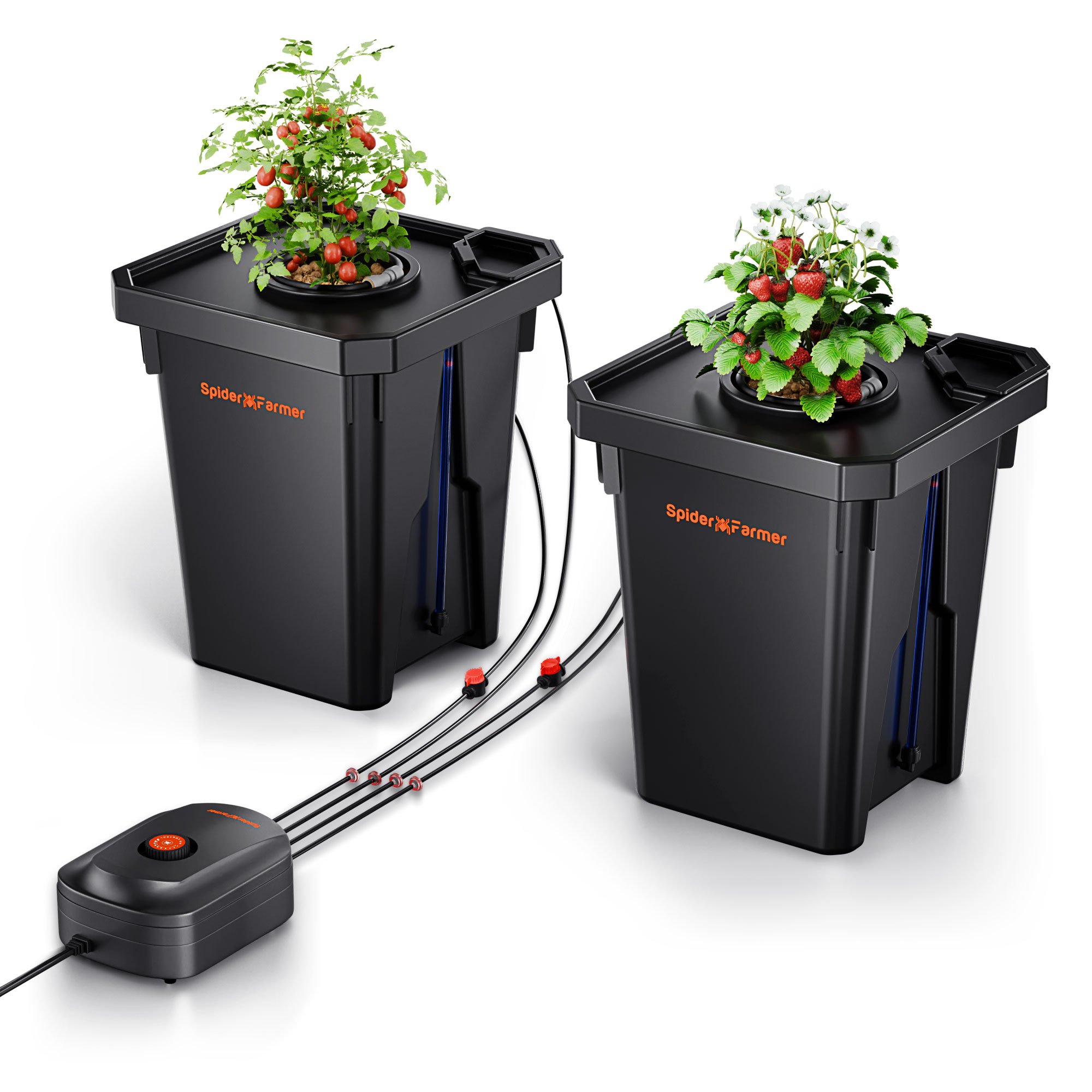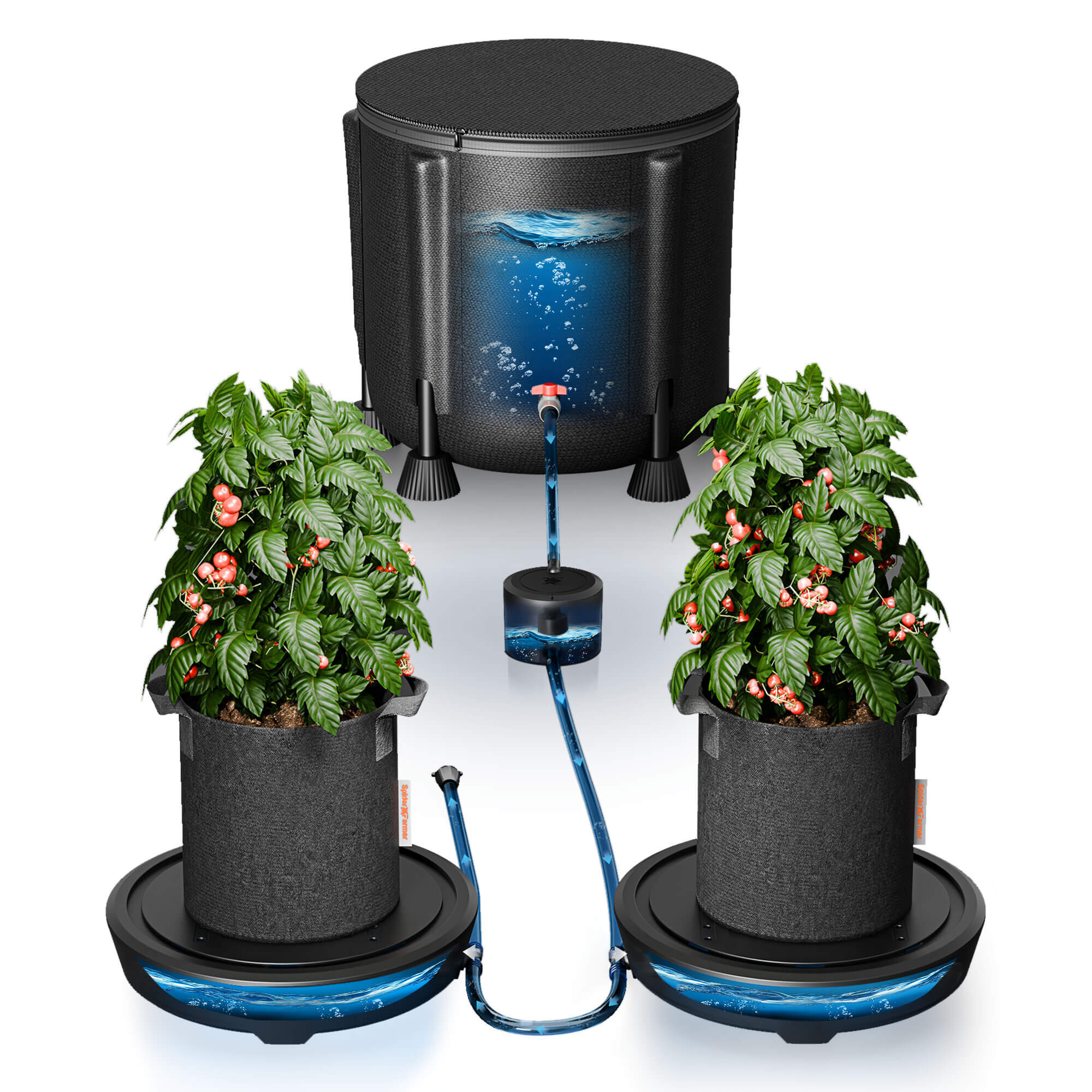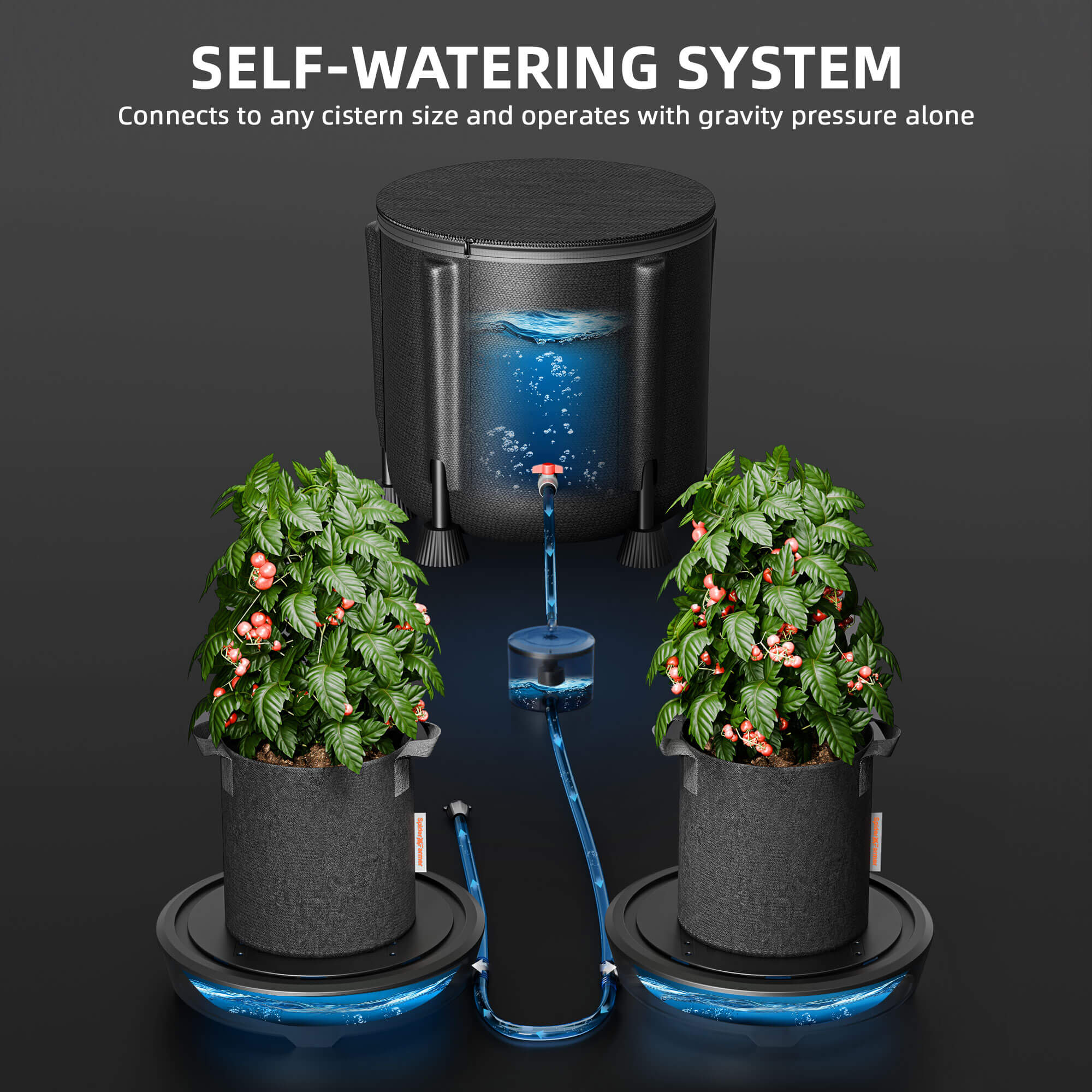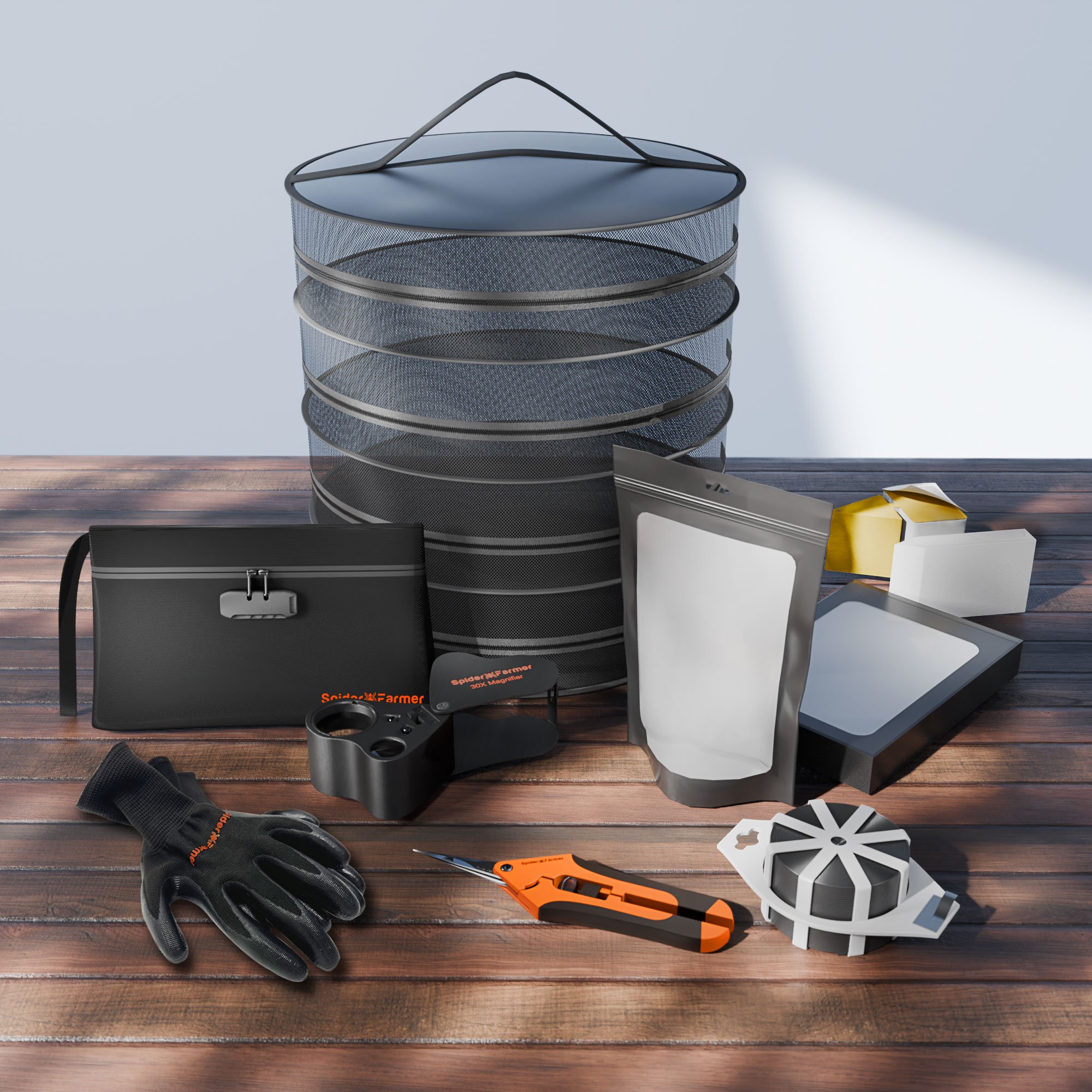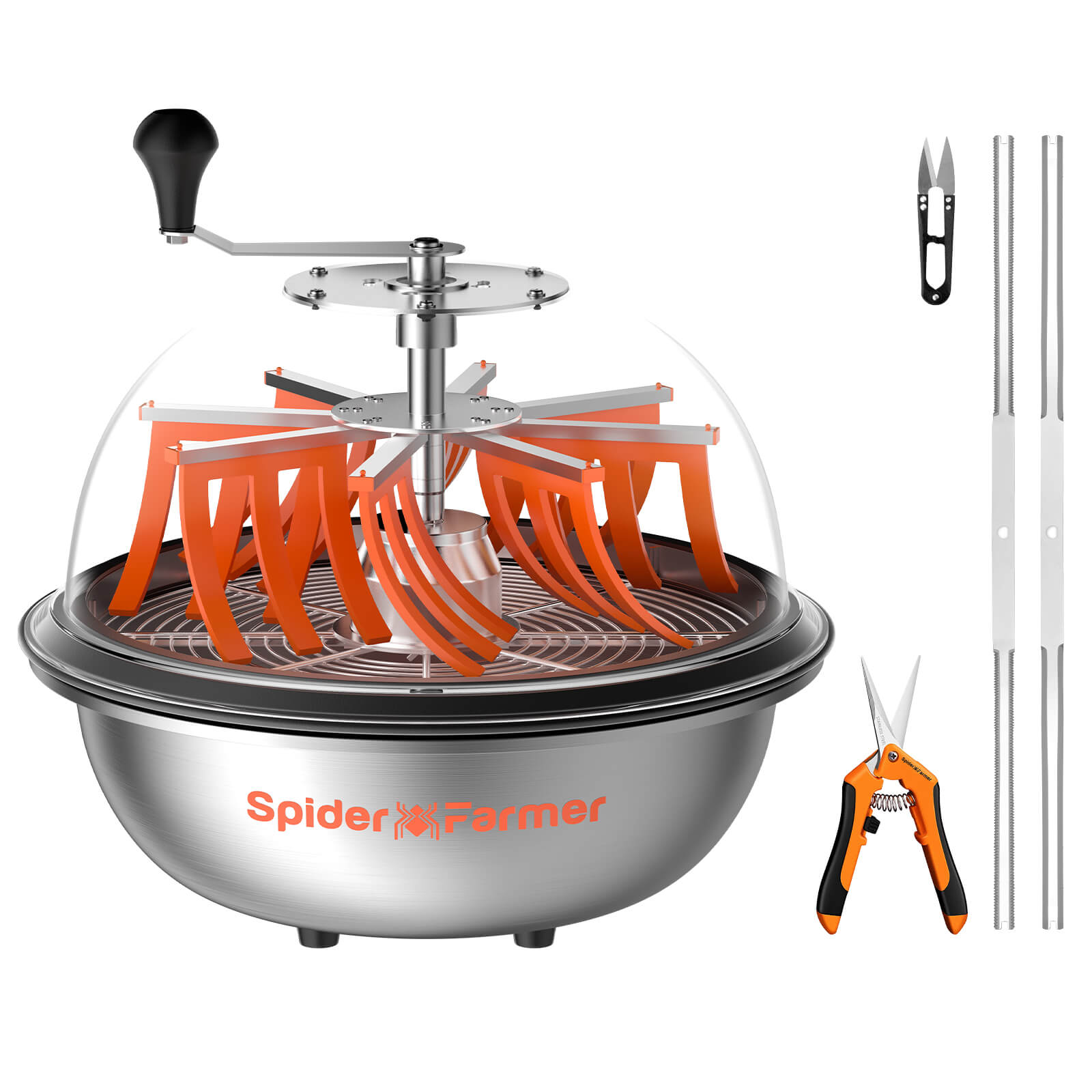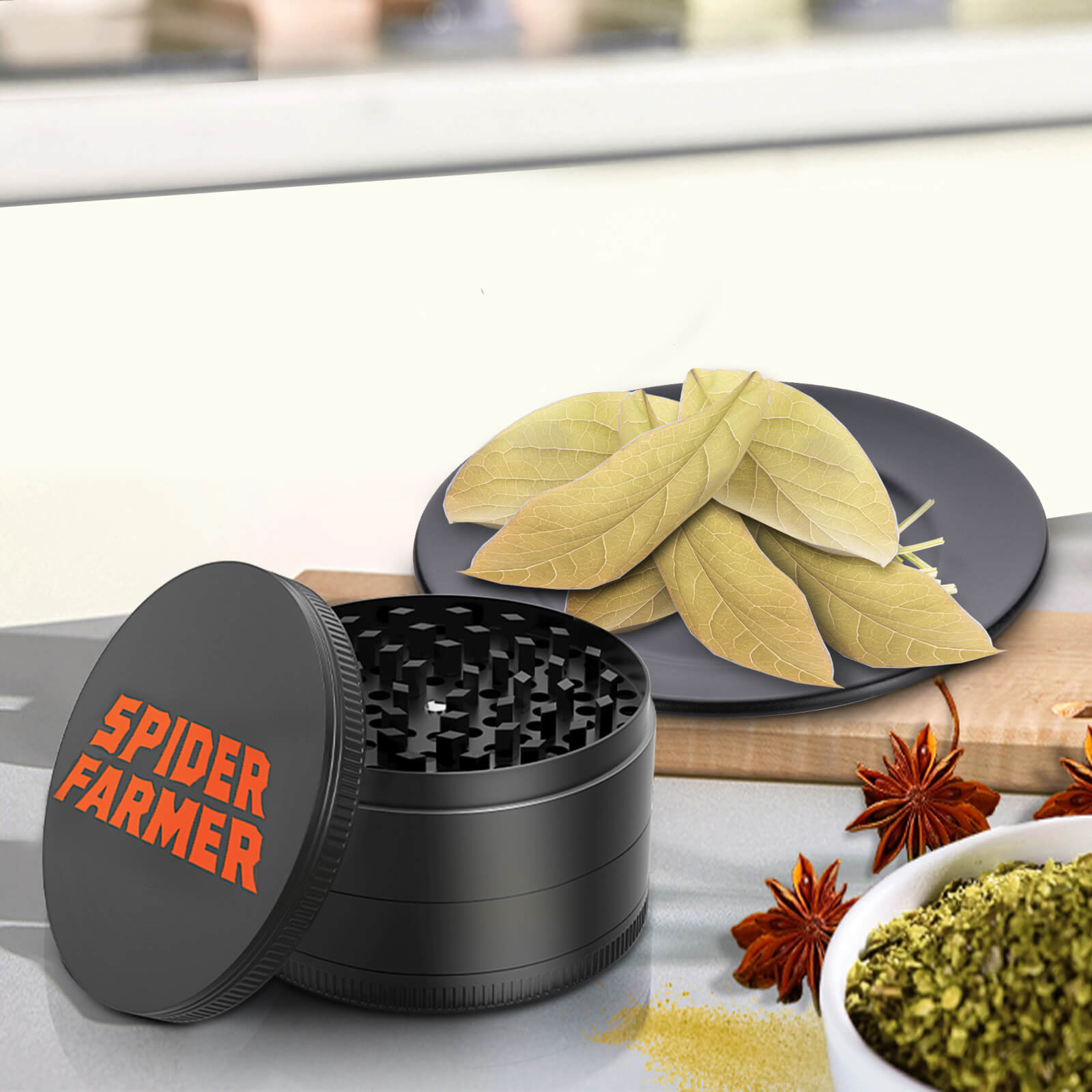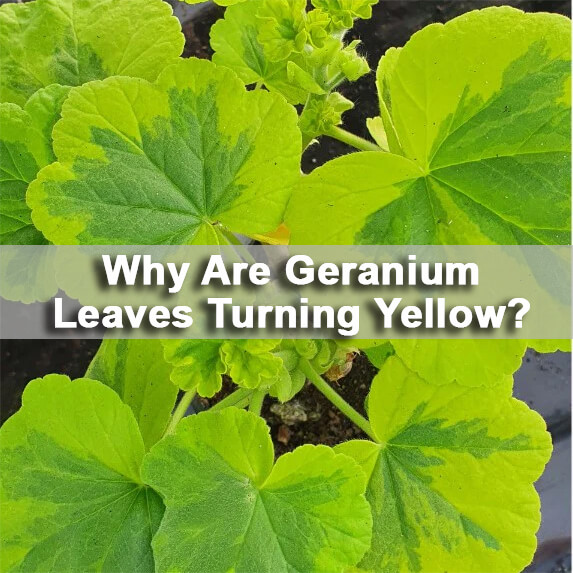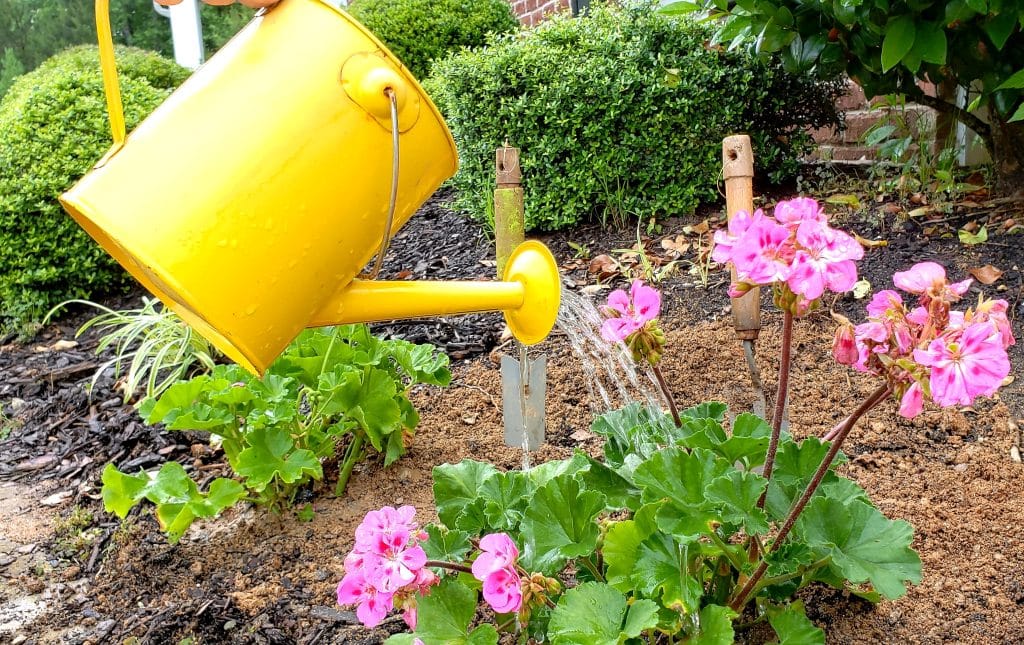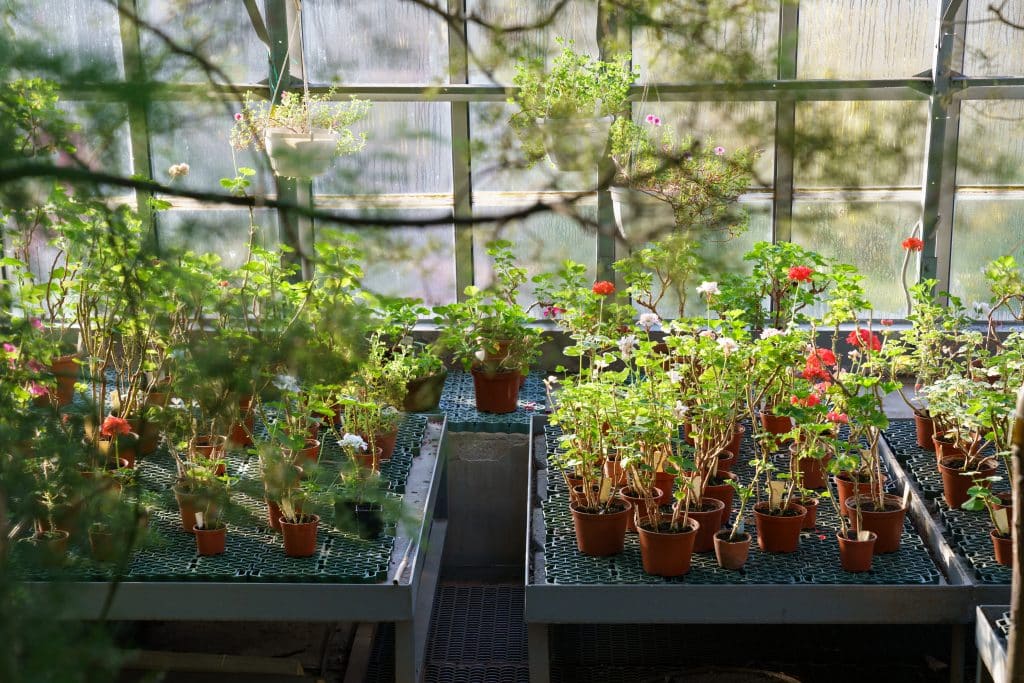Geraniums, with their vibrant flowers and green leaves, are an indispensable addition to gardens and homes. However, like any plant, they have their set of challenges. Among these, the yellowing of leaves stands out as one common issue when growing geranium indoors. Why are geranium leaves turning yellow? Read on to find the reasons.
Table of Contents
6 Causes of Geranium Leaves Turning Yellow
The yellowing of geranium leaves is a sign that something's amiss. The reasons could range from simple watering issues to more complex environmental factors. While yellow leaves are a clear indicator, there might be other symptoms accompanying them. Look out for wilting, white spots, or stunted growth. Let’s get back to the topic, several factors can contribute to this issue, including:
Overwatering
When hardy geraniums display yellowing leaves, it often suggests excessive watering. These plants thrive best in drier environments and should be watered only when the topmost soil layer (about 1 inch) feels dry. To avoid overwatering, it's crucial to ensure good soil drainage or to use pots with sizable drainage holes, such as the Spider Farmer 5 Gallon Planting Grow Bag.
Underwatering
While geraniums are built to handle drought, they aren't immune to the effects of extreme dehydration. Yellowing due to underwatering isn't common but can happen during prolonged dry spells. When this happens, yellowing typically starts at the leaf edges and tips.
Poor Drainage
Drainage is a fundamental aspect of plant care, especially for geraniums. When a pot or planting area lacks adequate drainage, it leads to water accumulating at the bottom. This accumulation creates an environment conducive to waterlogging and therefore causes the geranium leaves to turn yellow. Over time, if the condition persists, these leaves may drop off.
Nutrient Deficiencies
Geraniums aren't particularly demanding in terms of nutrients unless they're in nutrient-depleted soil. If leaves turn yellow, it might indicate a lack of crucial micronutrients, primarily magnesium. Magnesium is vital for photosynthesis and gives leaves their green color.
Read Also: How to Treat Cal Mag Deficiency in Vegging & Flowering
Pests and Diseases
Watch out for aphids, whiteflies, and fungal infections that can wreak havoc on your plant. Except for the pest infection, yellowing can be indicative of bacterial blight. Key signs include small water-soaked spots that evolve into yellow V-shaped regions. As the disease escalates, leaves wilt, turn yellow, and eventually die. Advanced stages see brown or blackened stems. This ailment is most prevalent in humid conditions or when prolonged wetness combines with poor airflow.
Environmental Factors
Chilly Weather
As perennials, hardy geraniums will naturally exhibit yellowing leaves as they enter their dormant phase in the autumn. Additionally, sudden cold spells in spring can temporarily discolor their leaves. However, with the arrival of warmer days, fresh green leaves will soon appear.
Lack of Sunlight
Most geraniums prefer a mix of full sun and partial shade. In hotter regions, the morning sun combined with the afternoon shade is ideal. Insufficient light can lead to yellowing leaves. If relocating the geranium isn't an option, consider trimming neighboring plants to allow more sunlight.
How to Prevent Geranium Leaves from Turning Yellow
Preventing yellow leaves on geraniums starts with understanding the root causes and then taking proactive measures to create an ideal environment for these plants. With all causes being explained above, now let’s move to the solutions.
Address Watering Concerns
- Avoid Overwatering: Ensure that geraniums are watered only when the top inch of soil is dry. This helps in preventing root rot and other issues associated with excessive water.
- Tackle Underwatering: In extended dry spells, ensure the plants get a deep watering, especially if you notice the leaf edges and tips starting to yellow.
Ensure Proper Drainage
- Choose the Right Pot: Always use pots with good drainage holes. This ensures that excess water escapes and doesn’t stagnate at the bottom.
- Improve Soil Structure: If using garden beds, enhance the soil with compost or other organic matter to boost its draining capabilities. You can also consider adding perlite or sand to further improve drainage.
Provide Essential Nutrients
- Regular Fertilization: Apply a balanced fertilizer that includes vital micronutrients like magnesium, sulfur, zinc, and iron. This will ensure the geraniums get all the nutrients they need for healthy growth.
- Soil Testing: If you suspect nutrient deficiencies, conduct a comprehensive soil test. Based on the results, you can then provide the exact nutrients that the geraniums are missing.
Protect from Pests and Diseases
- Regular Monitoring: Regularly inspect the geraniums for signs of aphids, whiteflies, or other pests. Use insecticidal soap or neem oil as a preventive measure.
- Maintain Airflow: Ensure your plants have good air circulation to deter fungal infections and bacterial blight. Space plants adequately and prune the leaves when necessary.
Optimize Environmental Conditions
- Guard Against Cold: As hardy geraniums enter dormancy in the fall, some yellowing is natural. However, protect them from sudden cold snaps in the spring with frost cloths or by bringing potted plants indoors. One effective way to avoid extreme weather is to place your geraniums in indoor grow tents.
- Ensure Adequate Sunlight: Plant geraniums in a location where they can receive a combination of full sun and partial shade. If an established plant isn’t receiving enough light, consider relocating it or pruning surrounding vegetation. Is natural sunlight is limited, consider using professional plant grow lights for optimal lighting.
FAQs about Geranium Leaves Turning Yellow
- Why are the edges of my geranium leaves turning brown?
This can be an indication of underwatering or the presence of high salt concentrations in the soil. Another possible cause is exposure to sudden temperature changes.
- Can yellow leaves turn green again?
Once a leaf has turned yellow, it won't regain its green color. However, once you identify the cause and take immediate care, new growth can remain green, and further yellowing of other leaves can be prevented.
- How often should I water my geraniums?
The frequency of watering depends on several factors, including soil type, climate, and container size. A general guideline is to water when the top inch of the soil feels dry. Overwatering can lead to root rot, so always ensure proper drainage.


